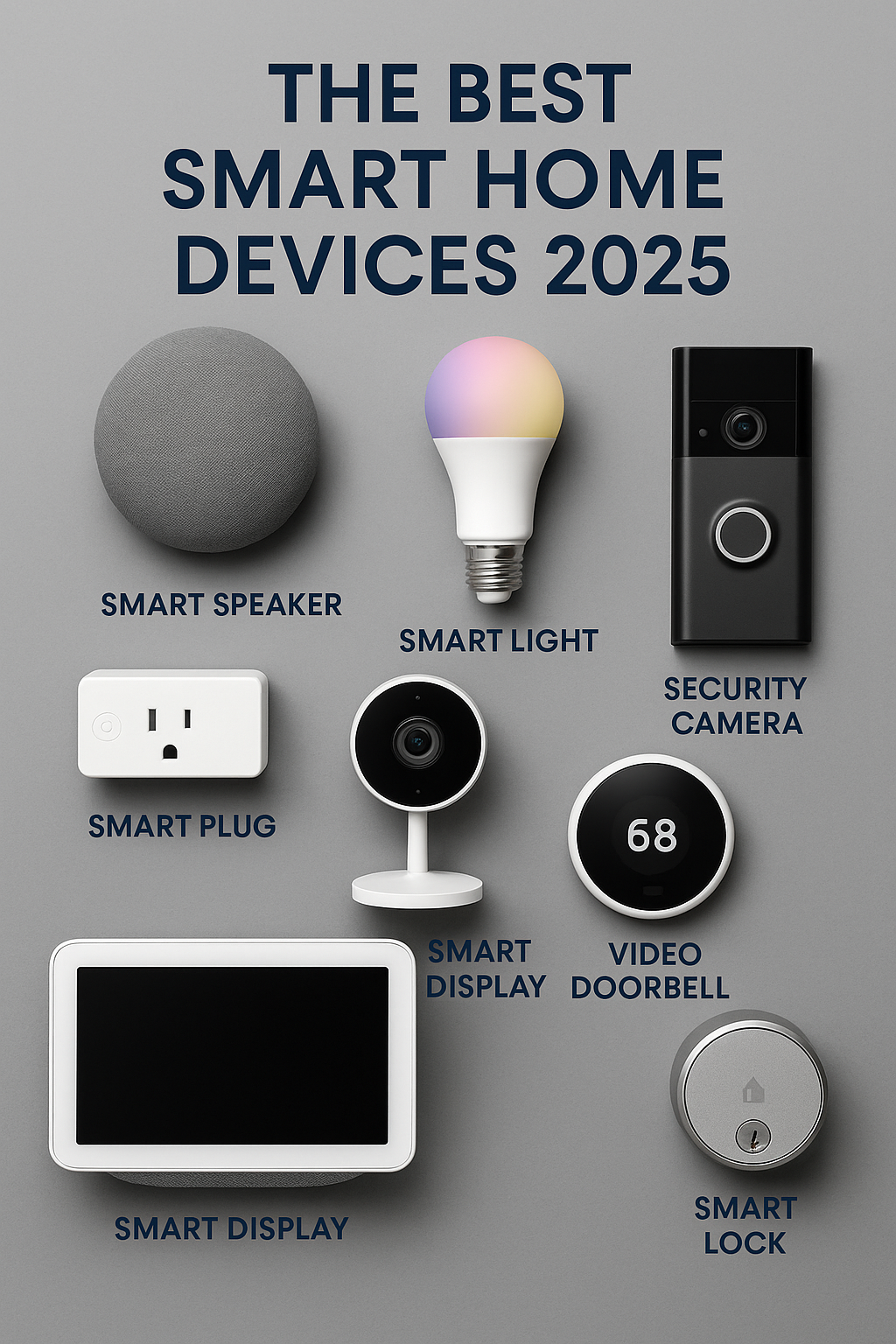
1. Introduction: Understanding the Importance of a Smarter Home
- Discover the latest in smarter home technology for 2025. Explore smart devices, home automation tips, and innovative gadgets that make your living space more connected and efficient.
- Smart home tech isn’t new, but it’s getting better fast. What used to be a luxury is now becoming normal. You don’t need a full home overhaul to see the benefits. Smart thermostats cut energy bills. Voice assistants speed up routines.
- Security cameras and sensors give peace of mind when you’re away. The best part? These systems now learn your habits. Lights turn on before you walk in. Doors lock when you leave. Appliances run when energy costs are lowest.
- This post breaks down the newest trends worth paying attention to. If you want a home that works harder, feels more comfortable, and connects everything in one place, read on.
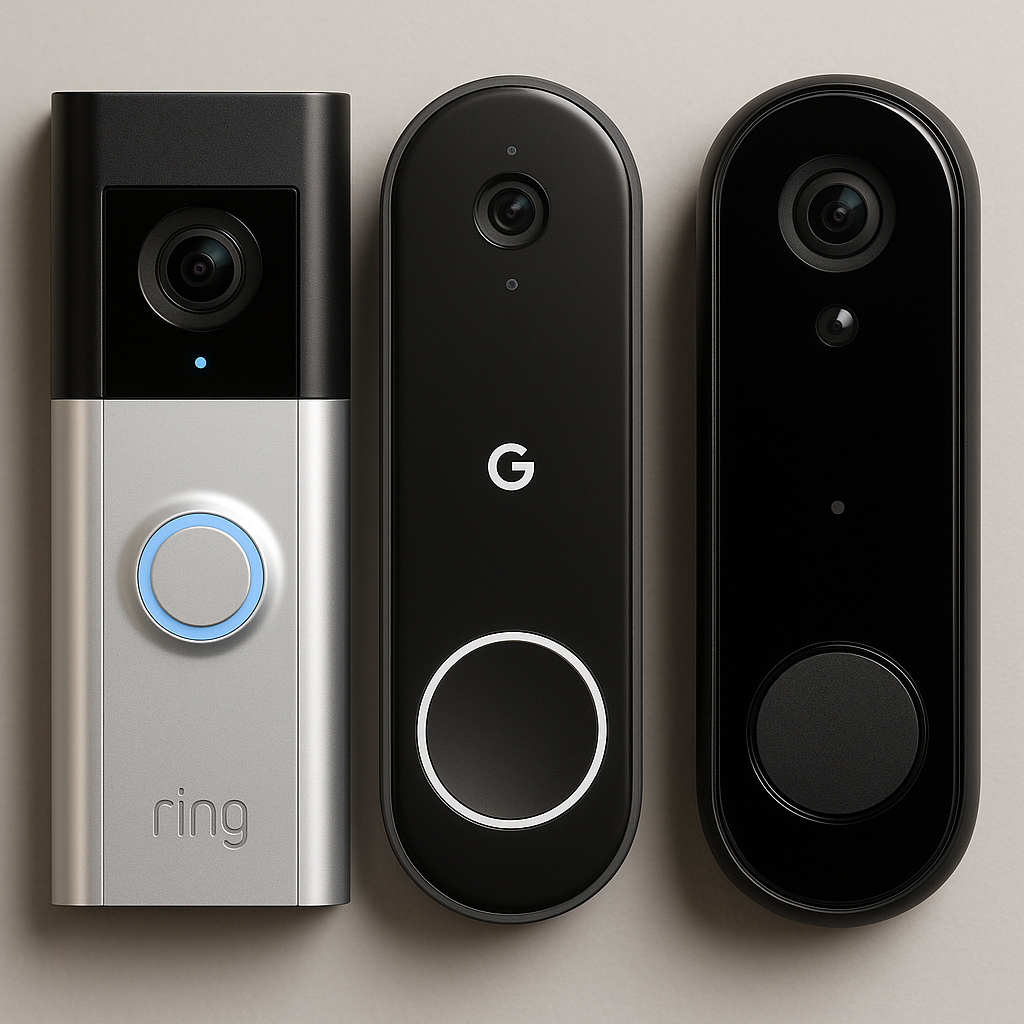
2. The Current State of Smart Home Technology: Trends and Innovations
- Smart home tech has moved past the early gimmicks. Today, it’s practical and powerful. Voice assistants like Alexa and Google Assistant now connect with hundreds of devices. You can control your lights, locks, and appliances without touching a switch.
- Smart thermostats learn your schedule and adjust automatically, saving money and energy. Security systems offer real-time alerts, remote access, and motion detection-all from your phone. Appliances are getting smarter too. Washers run during off-peak hours.
- Fridges track what you’re low on. Lights adjust based on natural daylight. The focus is clear: better efficiency, stronger security, and more control from anywhere. These tools don’t just make life easier-they make homes smarter in ways that cut waste and add comfort.
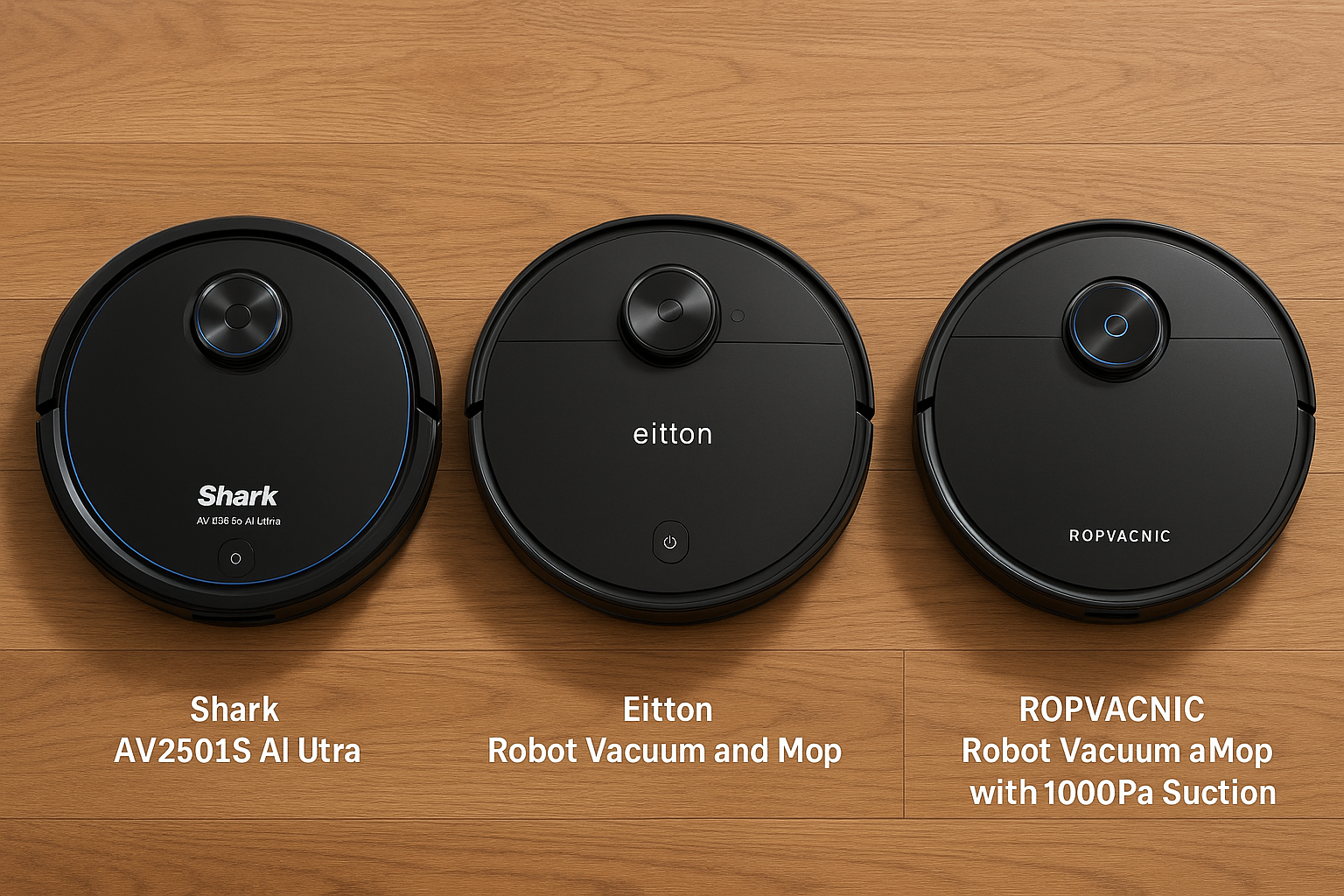
3. Key Benefits of Implementing Smart Home Solutions
- Smart home tech improves daily life in real ways. Automation handles routine tasks so you don’t have to. Lights turn off when no one’s in the room. Thermostats adjust without you thinking about it.
- You can check locks or start appliances from your phone-whether you’re at home or not. Energy efficiency is another big win. Smart systems cut power usage by heating or cooling only when needed. That means lower bills and less waste. Security also gets a major upgrade.
- Motion sensors, smart locks, and cameras keep an eye on things and alert you instantly if something’s wrong. The result: less hassle, more control, and a home that works for you. These tools free up time, save money, and give peace of mind.
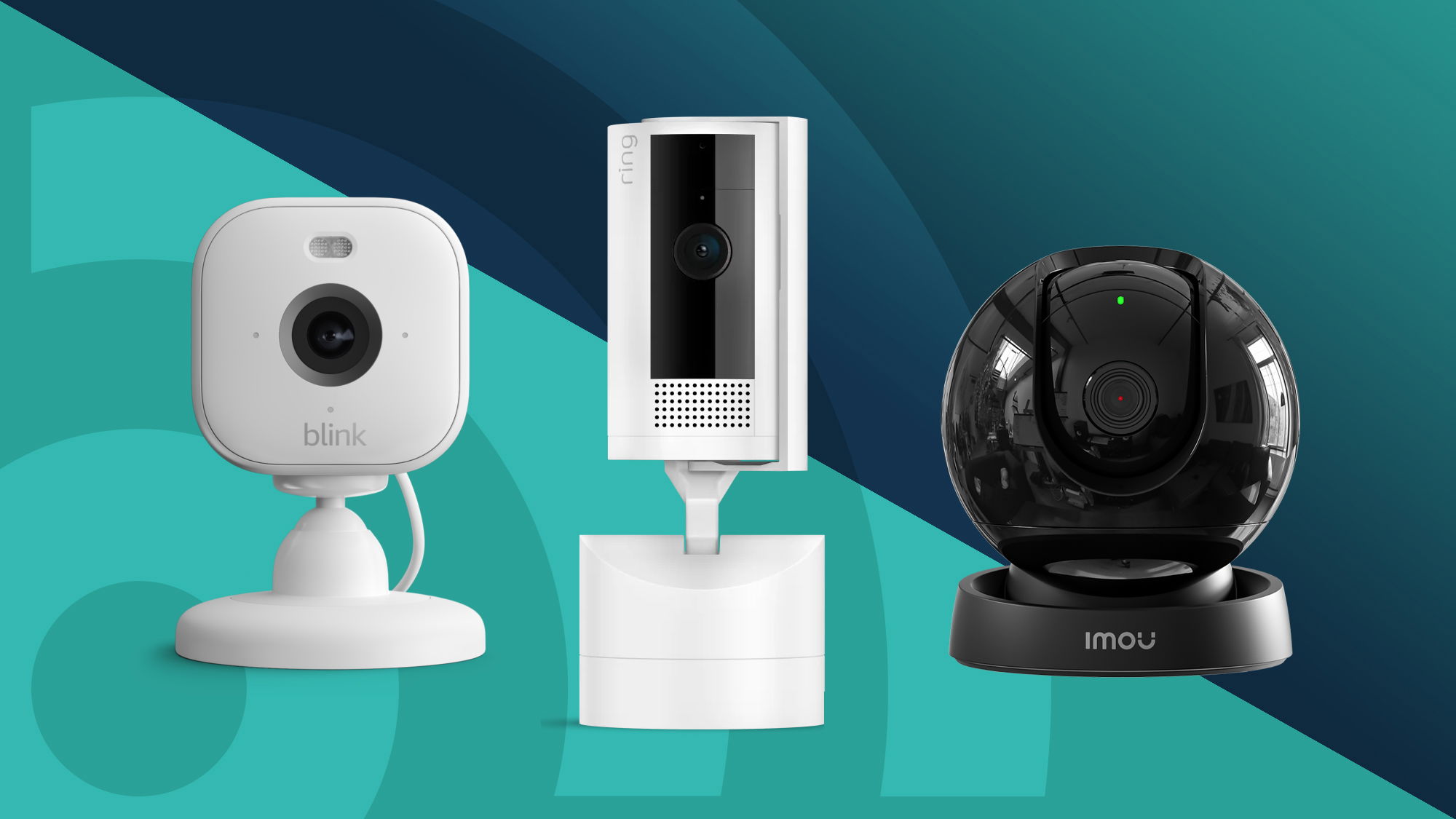
4. Essential Components of a Smarter Home: Devices and Systems
A smarter home starts with the right tools. Some devices are more than helpful-they’re essential. Smart thermostats learn your habits and cut energy waste. Lighting systems adjust to time of day or respond to voice commands.
Security cameras and door sensors alert you in real time. Voice assistants tie it all together, letting you control your home by speaking. The real power comes from how these devices connect. A central hub or automation platform keeps everything running smoothly.
You set the rules-when lights turn on, when doors lock, when heating starts. In the next sections, we’ll break down how each device works and how they all fit together. If you want more control, more comfort, and less hassle, this is where to start.
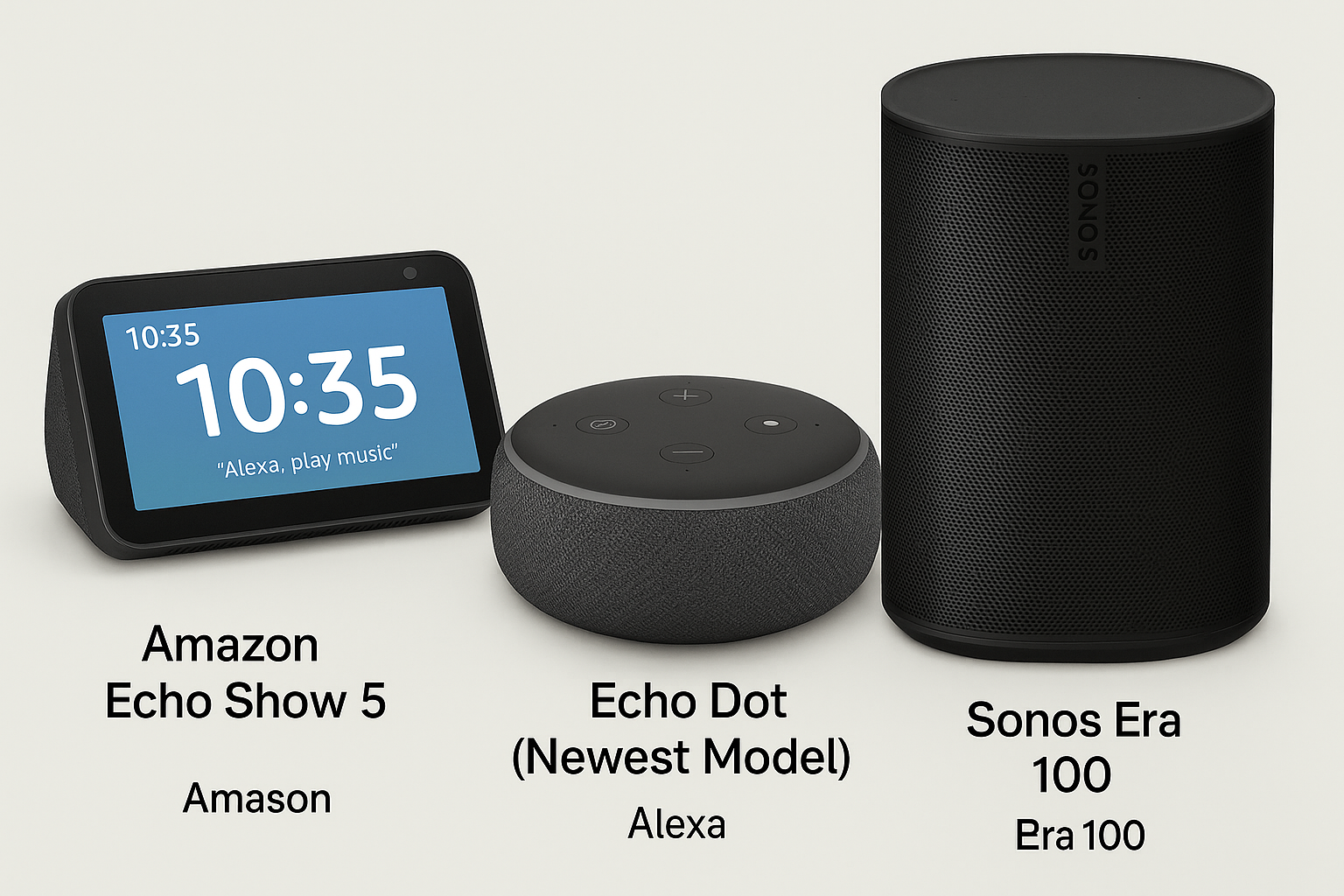
5. Common Challenges in Adopting Smart Home Technology and Solutions
Building a smarter home isn’t always smooth. Common issues include device compatibility, weak connections, and security risks. Not all devices work well together. Some need specific apps or platforms. Others don’t talk to each other at all.
- Choose devices from trusted brands
- Make sure they support the same platform or hub
- Keep firmware updated
- Use strong passwords and encrypt your network
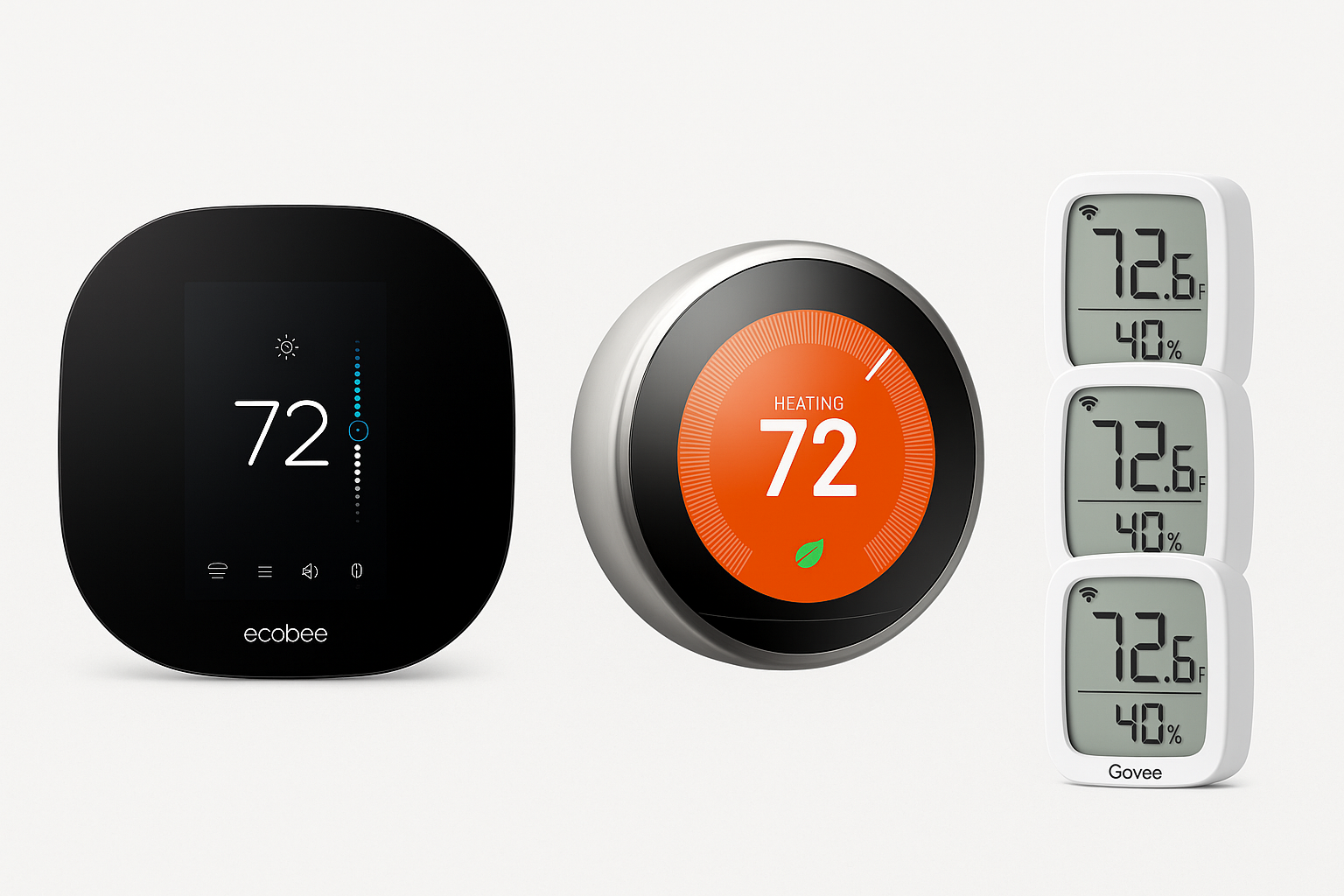
6. Best Practices for Integrating Smart Home Devices Seamlessly
Want a smart home that runs smoothly? Start with these five best practices:
- Use a central hub
Control all your devices from one app or platform. It keeps things simple and synced. - Check compatibility first
Make sure new devices work with what you already have. Avoid headaches later. - Keep devices updated
Install firmware and software updates as soon as they’re available. Updates fix bugs and patch security holes. - Secure your network
Use strong passwords. Turn on encryption. Set up a guest network for visitors. - Hire pros when needed
Complex systems like wired security or HVAC integration work best when installed by experts.
Follow these steps to save time, reduce risk, and get the most from your smart home.
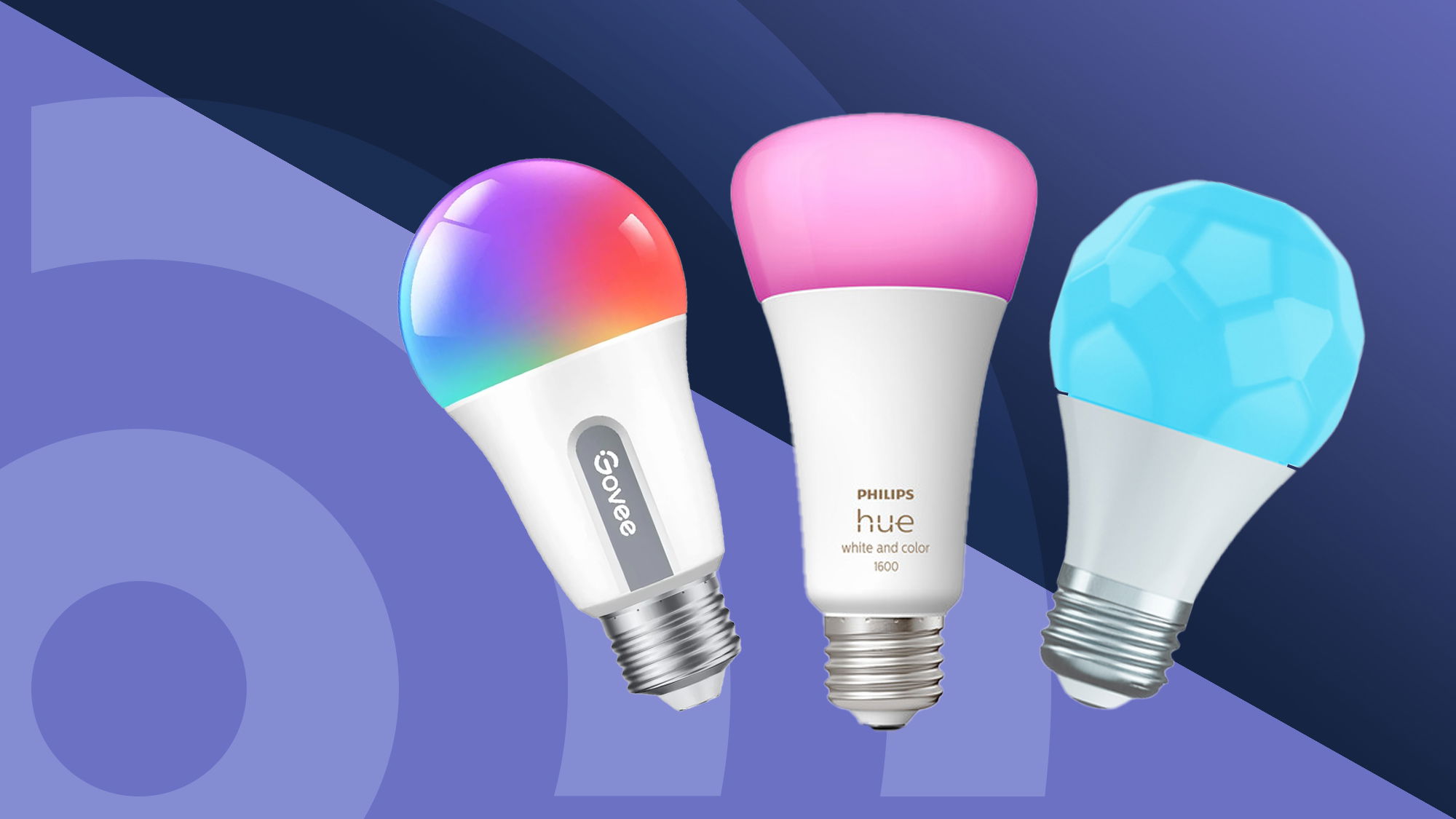
7. Conclusion: The Future of Living in a Smarter Home
Smart home tech is no longer a luxury. It’s a practical upgrade that adds real value. With the right setup, you save time, cut energy use, and improve home security.
Central control, device compatibility, regular updates, and a secure network all help make the system work better. When needed, bring in a pro to avoid setup issues.
This isn’t about chasing the latest trend. It’s about building a home that works for you faster, safer, and more efficient. We’ll keep sharing tips to help you get the most from your smart home.
Looking to elevate your tech game?
- Check out our favourite options, compare features, and get the tech that fits your life.👉 Click on any product above to find out more or buy it now!
Affiliate Disclosure:
- Some of the links contained on this website are affiliate links. This means that if you click on a link and make a purchase, we may receive a small commission at no additional cost to you.
- We only recommend products and services that we have researched, tested, or believe that our readers value. The commissions we earn help support the content we create and help keep this website active.
- Thanks for your support!
Comments